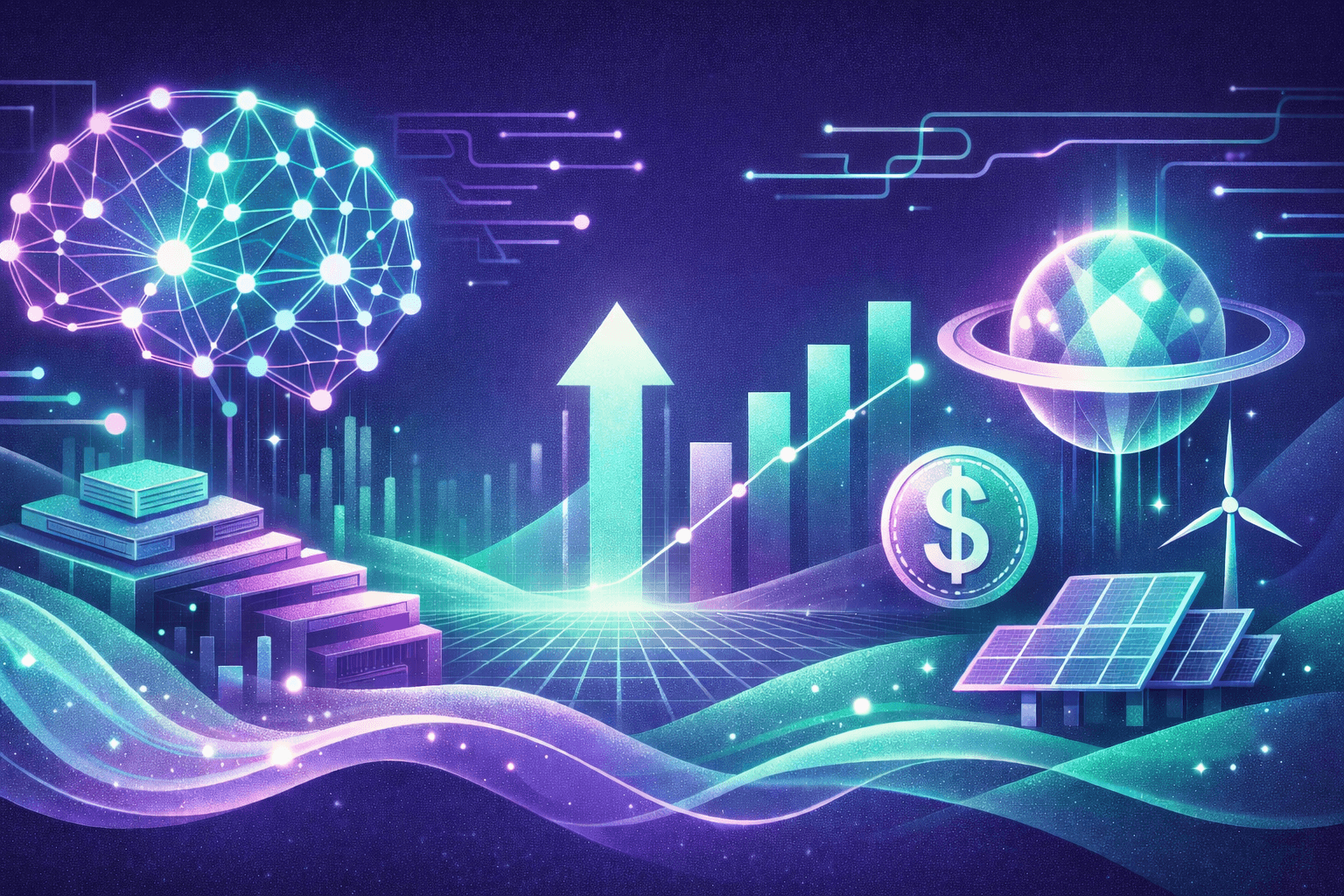*TL;DR: True mastery in emerging tech requires integrating outer systems with "inner technology" — the self's cognitive, emotional, and intuitive frameworks. The future of conscious technology depends on bridging these dimensions to build durable, resonant systems.*
What is Inner Technology, and Why Has It Been Overlooked?
For most of my career, I have operated at the fringes of external technology—blockchain, AI, digital ecosystems, and software frameworks. These tools have defined the trajectory of my work and shaped the communities I've helped build. Yet, alongside this outer technological mastery, there is an equally vital but often underappreciated realm: inner technology.
Inner technology is the architecture of the self—the mental models, emotional regulation, discernment frameworks, and intuitive capacities that govern how we engage with complexity. It is the operating system running beneath the surface of every decision, interaction, and innovation.
We tend to take inner technology for granted or treat it as an afterthought. It's relegated to the spiritual or self-help fringes, or worse, dismissed as irrelevant to serious tech or business work. This has left a crucial gap: building external tools without aligning the internal frameworks that govern their use.
Inner Technologists Already Exist
For centuries, practitioners such as Buddhist monks, Taoist sages, indigenous elders, and contemplative traditions worldwide have been pioneers of this "inner technology." Their disciplined cultivation of attention, emotional regulation, and refined awareness represents some of humanity's most advanced cognitive architectures. These lineages developed rigorous methods for navigating the inner landscape—meditation, breathwork, ritual, and ethical frameworks—that function as operating systems for the mind and spirit. While their work often remains outside mainstream technology discourse, it offers essential blueprints for building the inner capacities necessary to thrive amid today's accelerating external complexity. In many ways, modern conscious technology is rediscovering and integrating these timeless internal systems as foundational tools for sustainable innovation and leadership.
How Inner & Outer Technologies Must Converge
The ethos behind the "Digital Wayfinder" brand (my monicker) is to serve as a bridge between worlds—between the old and new, culture and code, the seen and unseen. My recent reflections have made it clear that this bridging must include not only cultural or technological layers but the internal and external dimensions of technology itself.
Outer technology is the hardware, software, networks, protocols, and physical infrastructures shaping the digital landscape.
Inner technology is the conscious calibration of attention, emotional intelligence, decision-making clarity, and embodied presence.
Without developing inner technology, outer tools become weapons of overwhelm, noise, or fragmentation. Inner technology orients us to where and how to apply outer tech in a way that sustains energy, clarity, and impact.
The Role of Inner Technology in Conscious Systems Design
In my work with **Conscious Stack Design** (CSD), I have emphasized alignment—not just of tools, but of cognitive load, cultural depth, and strategic clarity. This framework is a first step toward consciously designing stacks that reflect not only business needs but the human operating systems that underlie them.
Yet CSD and similar methodologies still mostly address external workflows. The next frontier is:
Developing the user's internal stack—the habits, rhythms, and discernment lenses that filter incoming signals.
Bridging inner stacks with outer stacks—creating feedback loops where external systems respect and amplify internal coherence, not distract or fracture it.
This requires new tools, training, and practices focused on inner technology—from mindfulness of cognitive tax to structured reflection, to intuitive sensing calibrated by data.
This is also why I built FocusMonitor.
Why Inner Technology Matters Now
Emerging technologies like AI and blockchain are accelerating complexity. Organizations and individuals face constant signal-noise tension. Tool fatigue and fragmentation are real crises. The solution will not come solely from adding more external tools but from upgrading the internal systems that govern how we use them.
Inner technology increases signal discernment in an age of overwhelming data.
It enhances resilience to digital distractions and decision fatigue.
It deepens human connection amidst AI automation.
It grounds innovation in conscious intention rather than reactive frenzy.
How Digital Wayfinder Integrates Inner Technology Today
My mission as a Digital Wayfinder is to develop systems that honor this integration—tools and frameworks that respect the human nervous system as much as the digital architecture. This manifests in:
Coaching leaders to cultivate inner clarity alongside digital mastery.
Building ecosystems that foreground attention economy and cognitive sovereignty.
Designing workshops and products that embed inner calibration into tech adoption.
Encouraging cultural narratives that revalue internal disciplines as tech.
The Path Forward: Treat Inner Technology as Infrastructure
If outer technology is infrastructure for civilization, inner technology is infrastructure for consciousness. Both must evolve hand in hand.
The next wave of conscious technologies will not only automate and optimize but will amplify our inner operating systems—enabling us to navigate complexity with poise and purpose.
This alignment is not a luxury; it is a strategic imperative.
Final thought: Mastery in the digital age demands not just building better tools, but building better selves to wield them. Inner technology is the compass within the map—a silent code that will determine who thrives and who merely survives.
Explore this dimension with me. You might already be one of us.
Comments





